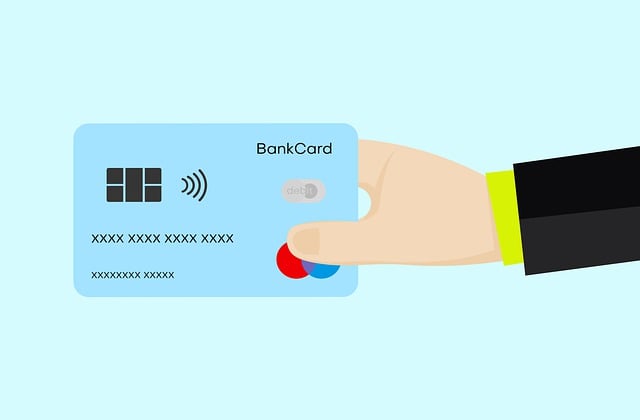Maintaining a debt utilization ratio below 30% is vital for real estate investors seeking financial stability and access to capital for market opportunities, as it demonstrates fiscal responsibility to lenders. Achieving this involves prioritizing high-interest debt repayment, building an emergency fund, diversifying investment strategies, and regularly reviewing portfolios. This approach ensures financial flexibility and stability in a competitive market, enabling investors to maximize potential through property appreciation and rental income without overextending themselves.
In the competitive world of real estate, managing debt effectively is a key strategy for success. This article explores the importance of maintaining a low debt utilization ratio and its significant impact on your financial health and property investments. We’ll delve into how understanding this metric can empower investors to make informed decisions, reduce risk, and unlock long-term benefits in the dynamic real estate market. Discover practical strategies to optimize your financial position and maximize your return on investment.
Understanding Debt Utilization Ratio and Its Impact on Real Estate

The debt utilization ratio is a crucial metric that measures an individual’s or business’s ability to manage their debt effectively. It’s calculated by dividing the total amount of debt by the available credit, expressing it as a percentage. For instance, if someone has $10,000 in credit and carries $4,000 in debt, their debt utilization ratio is 40%. Maintaining this ratio below 30% is generally recommended for individuals aiming for financial stability, especially when considering real estate investments.
In the realm of real estate, a low debt utilization ratio signifies fiscal responsibility to lenders and investors. It demonstrates that borrowers have a manageable level of debt, leaving sufficient resources for unexpected expenses, property maintenance, and potential market fluctuations. This is particularly important when seeking financing for real estate ventures, as banks and financial institutions often scrutinize debt-to-income ratios to assess risk and determine loan eligibility.
Strategies to Reduce Debt and Enhance Financial Health for Property Investment

To maintain a low debt utilization ratio and enhance financial health for property investment, strategizing is key. One effective approach is to prioritize debt repayment, focusing on high-interest debts first. Creating a structured repayment plan can help manage cash flow and free up funds for real estate opportunities. Additionally, building an emergency fund acts as a financial safety net, reducing the reliance on debt for unexpected expenses.
Diversifying investment strategies within the real estate sector is another powerful tool. This could involve exploring different property types, geographic locations, or investment vehicles like rental properties, house flipping, or commercial real estate. Such diversification not only spreads risk but also opens doors to various revenue streams. Regularly reviewing and adjusting investment portfolios can ensure alignment with financial goals and market trends.
Long-term Benefits of Maintaining a Low Debt Utilization Ratio in Real Estate

Maintaining a low debt utilization ratio can have significant long-term benefits for individuals looking to invest in real estate. When debt levels are manageable, it allows for greater financial flexibility and stability. This is particularly crucial in the competitive real estate market where properties can appreciate over time, providing substantial returns on investment. By keeping debt at bay, investors can seize opportunities to purchase desirable properties without being burdened by excessive monthly payments, thereby maximizing their potential for future wealth generation.
A healthy debt utilization ratio ensures that a significant portion of your income is left after covering necessary expenses and debt obligations. This frees up funds for savings, investments, or additional property purchases. In the context of real estate, this means you may be able to afford more properties or higher-priced ones, diversifying your portfolio and potentially increasing long-term profits from rental income or property value appreciation.






